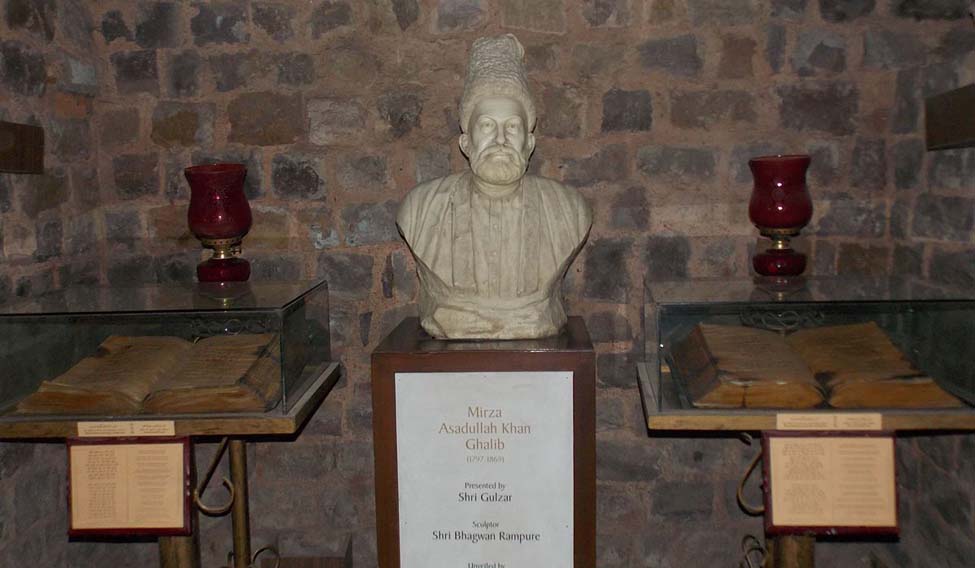In love, there is no difference between life and death do know,
The very one for whom I die, life too does bestow—Mirza Ghalib (source: Rekhta.org)
The above lines, an Urdu couplet by poet Mirza Ghalib sounds best when read in vernacular:
mohabbat meñ nahīñ hai farq jiine aur marne kā, usī ko dekh kar jiite haiñ jis kāfir pe dam nikle
Mirza Ghalib was born Mirza Asadullah Baig Khan to a Turkish family on December 27, 1797. The man, considered to be one of the biggest pioneers behind lyrical Urdu poetry, had a hard life as he was orphaned at a young age. His lines reflect his experiences, funnelling a sadness that reminiscent of the strange convolutions of an Ad Reinhardt monochrome. The theme of loss is overarching, but the strokes are vivid, rhythmic and poetic.

Credit: Rekhta.org
Ghalib was one of the foremost Mughal poets, and his words on love and sadness—at some points indicating an intense distaste for his family life—words which populate the lexicon of every hormone-fuelled college teenager. As the mind matures, however, so does the perception surrounding his words.

Credit: Rekhta.org
Mirza Ghalib's Haveli stands in Gali Qaasim Jan in Chandni Chowk. The haveli, which was renovated earlier, was the location where he spent the final six years of his life. It is also presumed to be where the poet wrote his Diwan-e-Ghalib.





